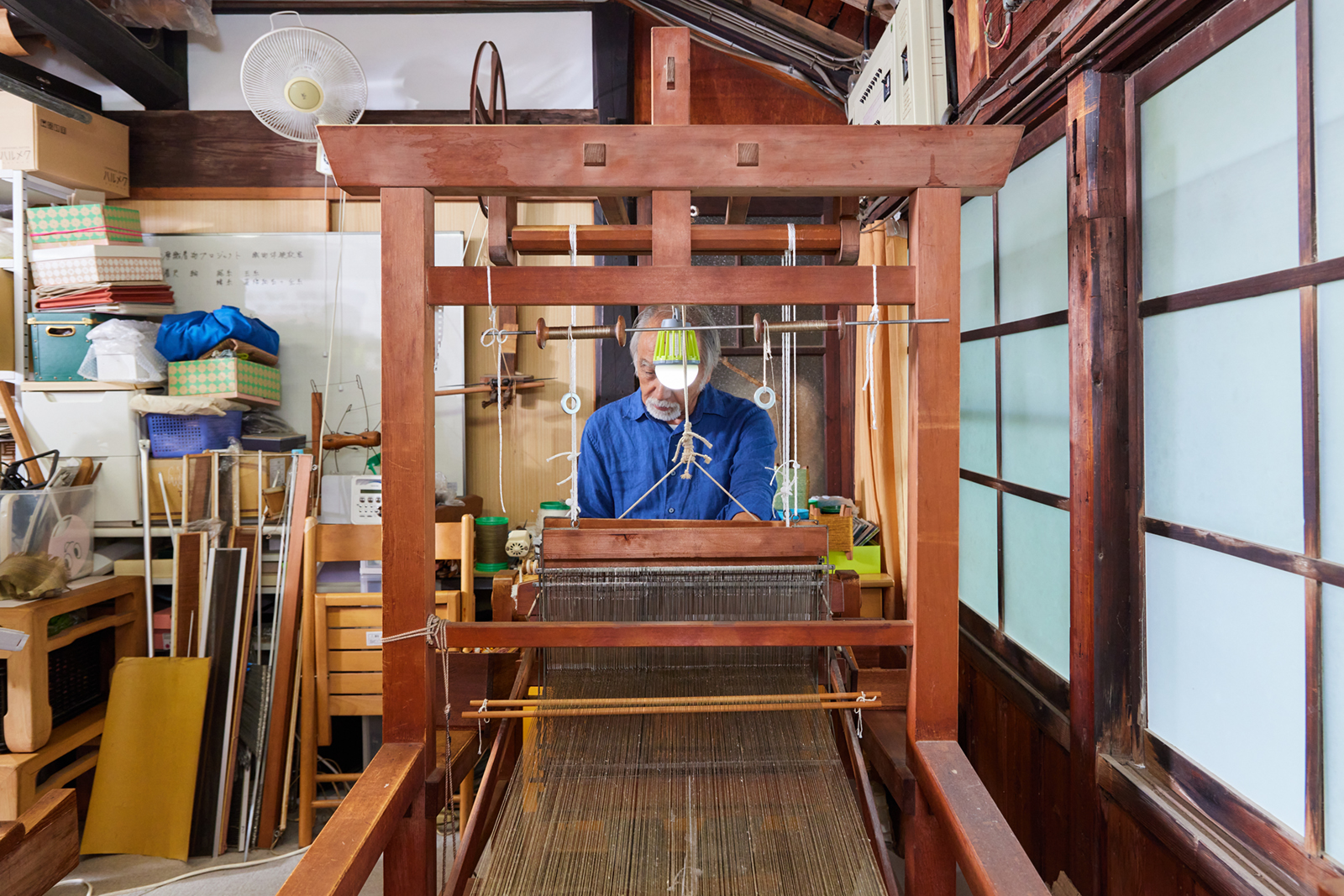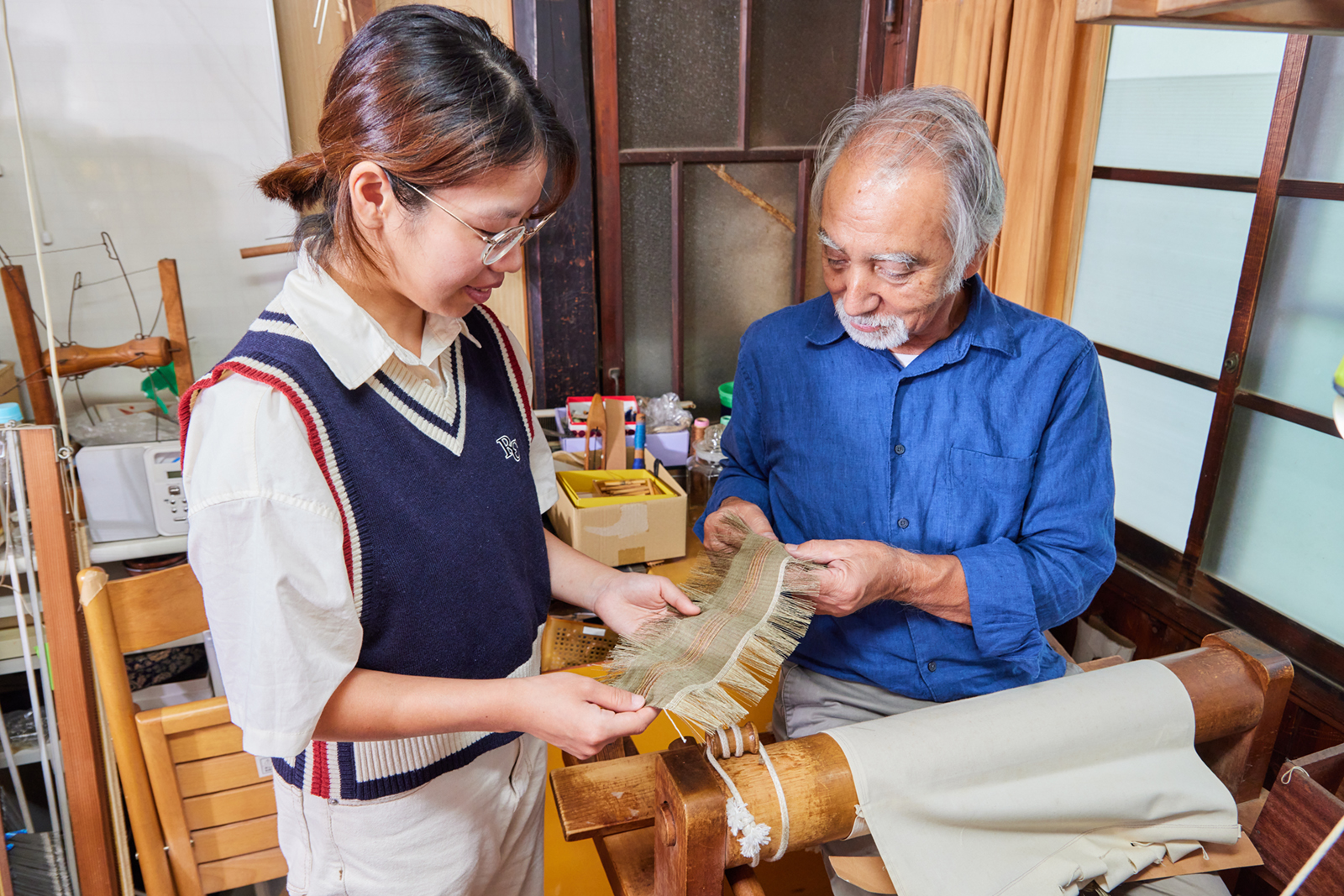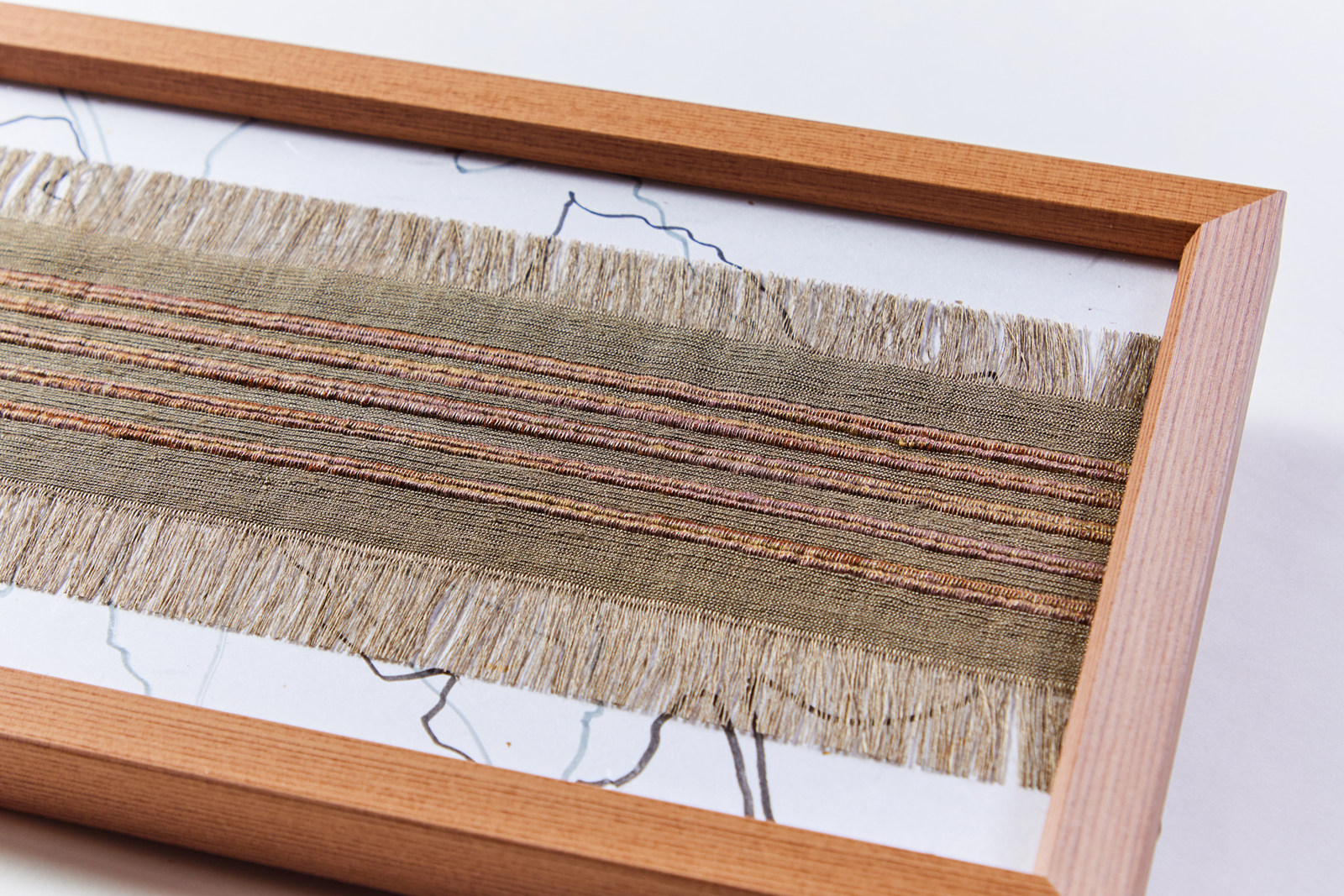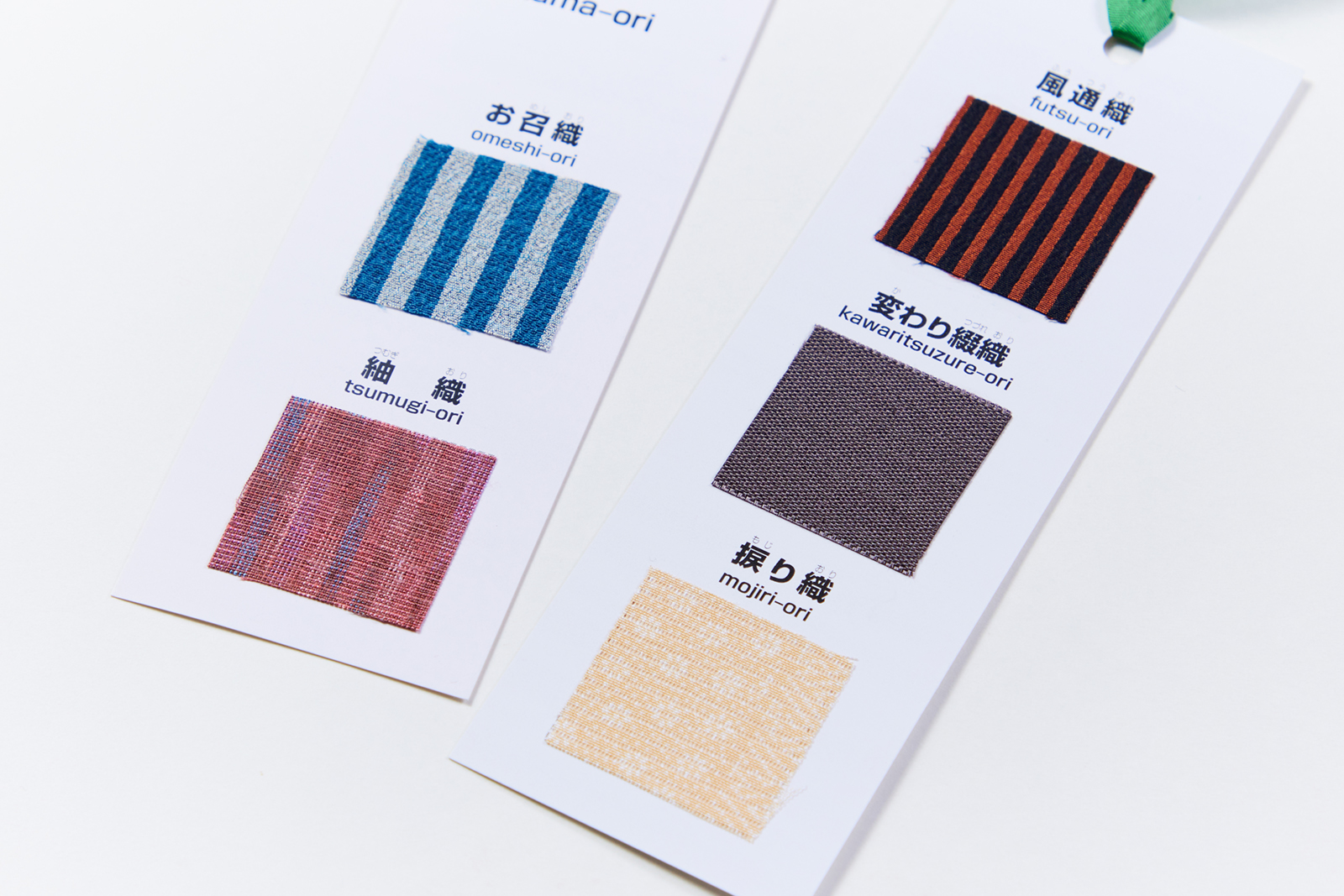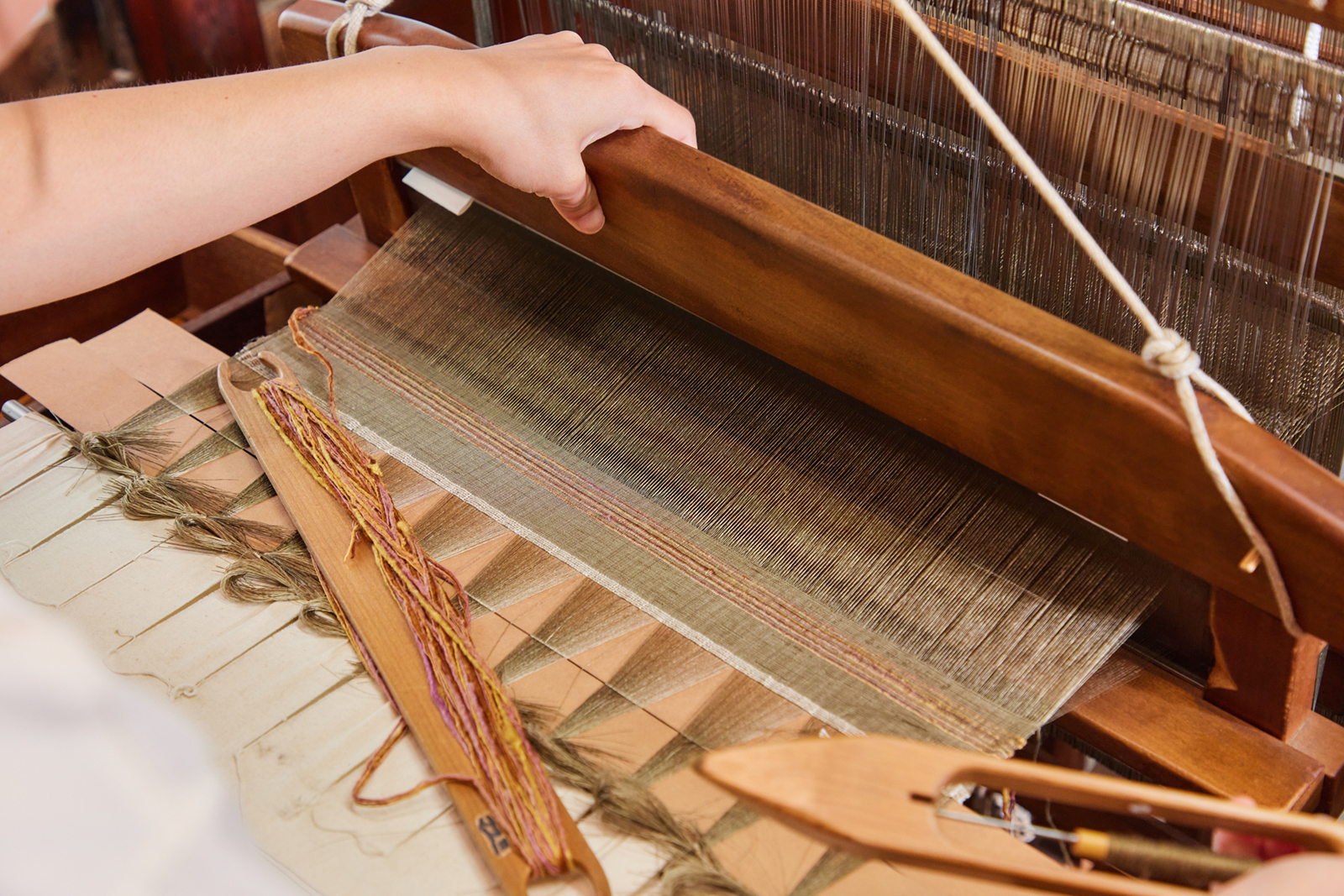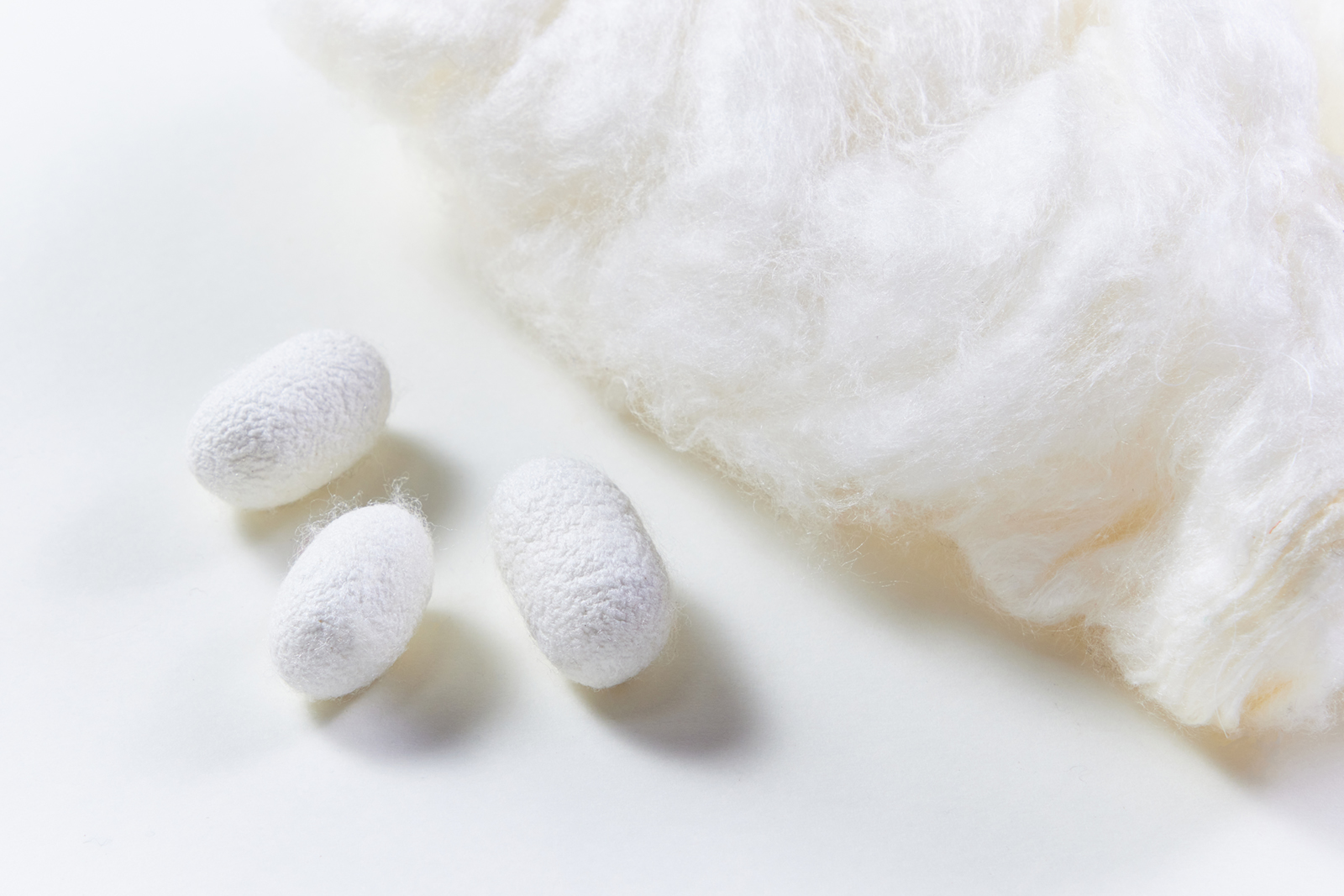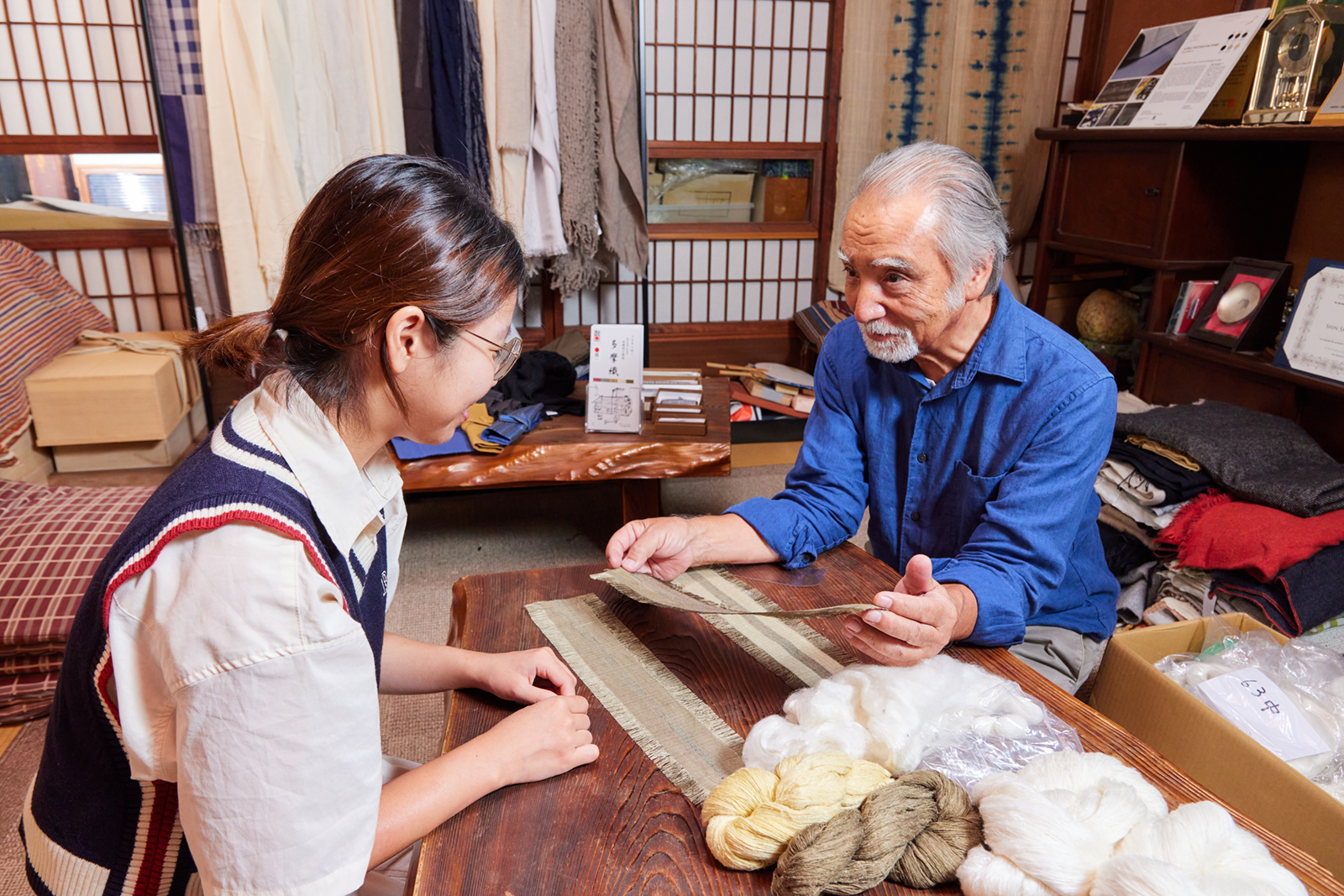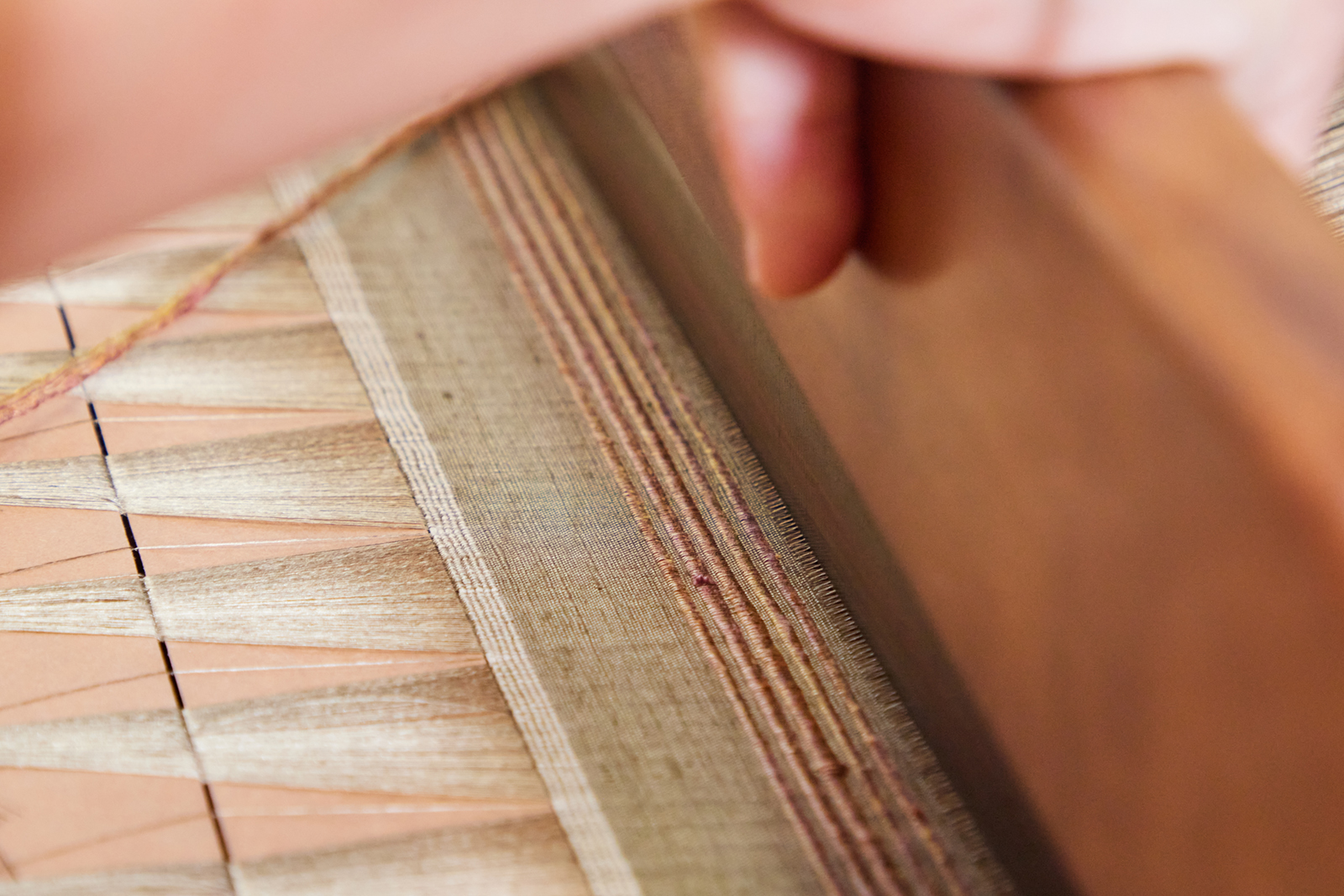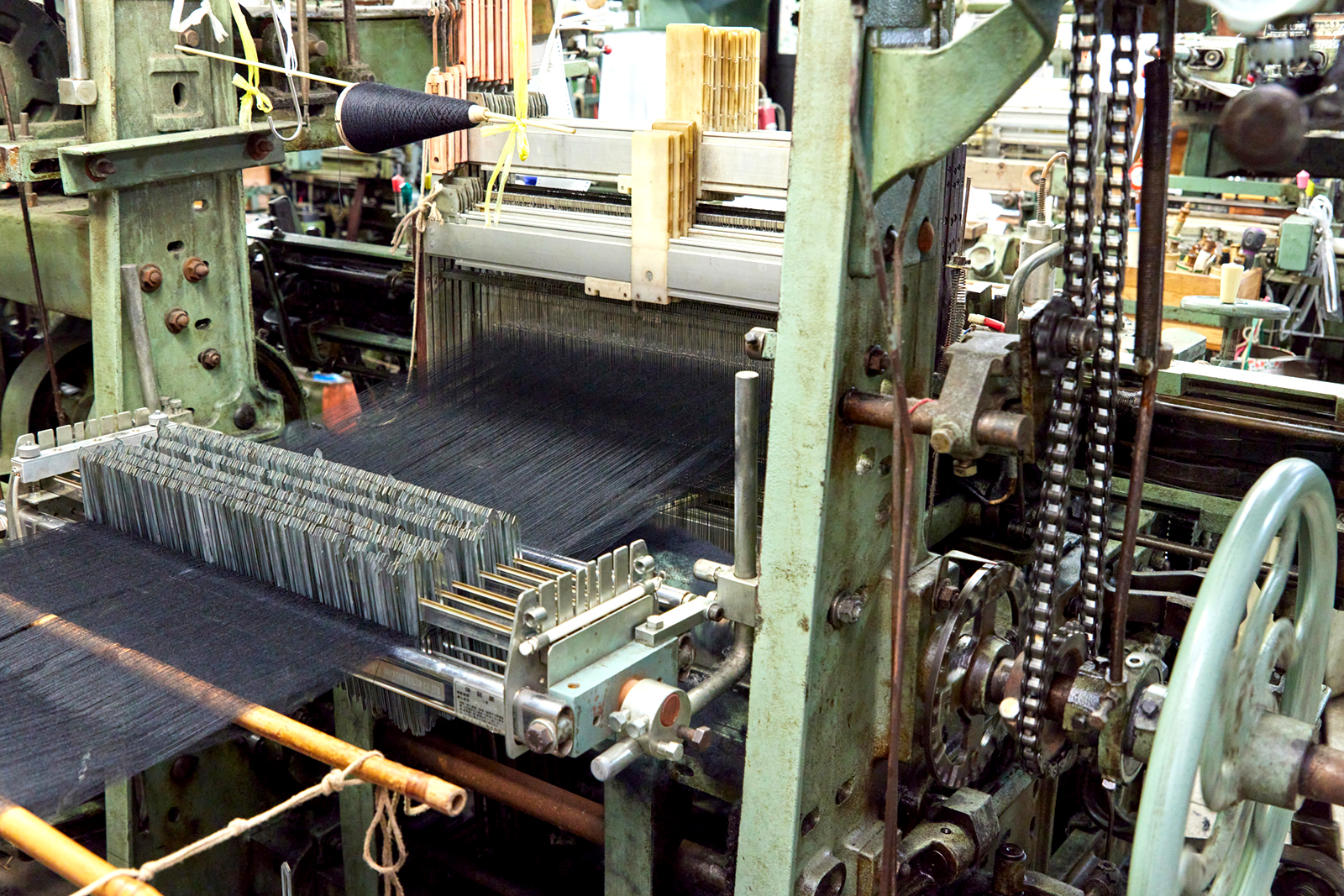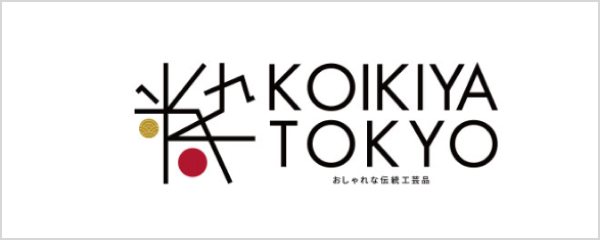A 120-years of weaving tradition that still keeps up with the times
Tama-Ori weave is a traditional craft that has been handed down to the present day. Each region of Japan produces its own distinctive type of textile, and this is especially true of the Tama region. Typically, one region is known for a single weave type, but the Tama area has five methods that have been recognized as traditional crafts—Omeshi-Ori weave, Futsu-Ori weave, Tsumugi-Ori weave, Mojiri-Ori weave, and Kawaritsuzure-Ori weave. Tama, with its diverse range of techniques, continues to develop independently.
Sawai Orimono Textile Factory was founded about 120 years ago. It dates back to around 1900, when the head of the Sawai family, who was a practitioner of traditional Chinese medicine, started a silkworm farming business. Eventually, the workshop began hand weaving, and with the abundant silk thread production of the Tama area, business expanded through the 1920s.
In 1995, the company introduced wide-weave shuttle looms and became a weaving factory to meet diverse demands for scarves, stoles, clothing fabric, and more. Apart from handling orders from major brands, the company also has collaborated with a major IT firm, using their techniques to support a development project and demonstrating their influence beyond the realm of textiles.
Experience Tama-Ori weaving using a traditional loom
This plan will let you experience traditional Tama-Ori hand weaving techniques. It starts with an introduction to Tama-Ori by Mr. Shin Sawai, the fourth-generation proprietor. Encountering bundles of beautiful silk thread dyed with mulberry-leaf tea and looking through sample books of textiles handed down through generations will help you understand why weaving flourished in the Tama region.
After moving to the workshop, it’s time to start weaving. First, you sit at a 2.5 m long wooden loom and ensure your hands and feet are placed correctly. You may be surprised by how much goes into working the thread and the loom with your whole body.
The weaving process can be roughly divided into three steps. You pass the shuttle carrying the weft thread between the upper and lower warp threads, press the foot pedal to switch their position, and then slide the reed forward to tighten the weave. As you switch and tighten, the loom will make its own rhythmic sound. As you switch and tighten, the loom will make its own rhythmic sound. At first, the shuttle will likely to move slowly, but you’ll get faster as you work. By the time you get used to the rhythm of the footwork and the sound of the passing reed, a beautiful fabric will begin to emerge.
Enjoy making Tsumugi weave and create a casual Tokyo look
The variety of cloth you’ll weave during the experience is called Tsumugi-Ori, a Sawai Orimono Textile Factory specialty. One of this weave’s distinctive features is the rustic feel created by using pre-dyed thread. Changing the weft thread along the way to vary the pattern will help you enjoy the technique even more. Simply altering the thickness of the weft thread passed through the shuttle can dramatically change the rhythm you’ve set. To keep the three processes mentioned above running smoothly, concentrating on the thread is absolutely essential. Taking care with each and every movement, you’ll enjoy the time it takes to weave your beautiful piece.
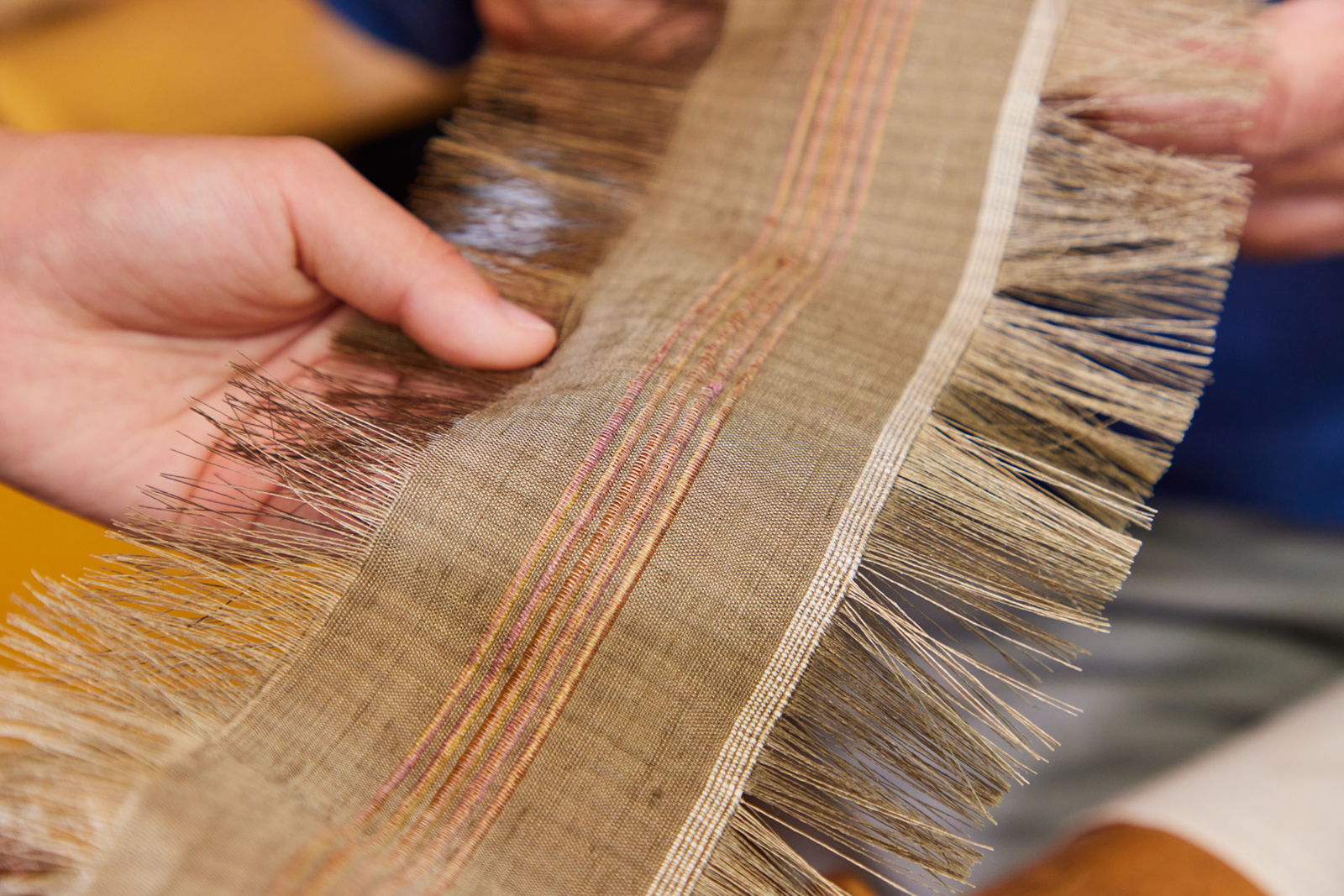
You’ll spend about 30 minutes at the loom. By the time your arms and legs start to feel a little tired, your Tsumugi fabric will be complete. The understated beauty of the fabric’s subtle sheen embodies Tokyo’s casual aesthetic sense. Framing and taking it back home, it might remind you of the sound of the loom, as well as the skills and passion of the artisans who create the beautiful crafts of Tokyo.
I hope creating a one-of-a-kind work will be a lasting memory
Sawai Orimono Textile Factory continues to carry on the tradition of Tama-Ori weaving while exploring possibilities that can connect them through the present to the future. In that regard the fourth-generation proprietor of this workshop, Mr. Shin Sawai is held in high regard, and in 2024 he was awarded the title of Honorary Citizen of Tokyo.
Mr. Sawai says, “Even moments of hesitation threading the shuttle will become long-held memories. I hope every participant is able to create an exceptional piece through this experience.” And in fact, your focused time at the loom will surely become an amazing memory to be found only in Tokyo.
Founded in Hachioji in 1900. Specializing in Tsumugi weave, a type of Tama-Ori weave, the shop has been passing down its hand weaving techniques for four generations. The company introduced wide-weave shuttle looms around 1995, allowing them to improve their production volume while retaining the unique qualities of hand-woven fabrics. Eager to fuse traditional crafts with modern culture, Sawai Orimono Textile Factory proactively adopts cutting-edge designs while collaborating with other industries and famous brands, as well as using their techniques in support of a leading IT company.
